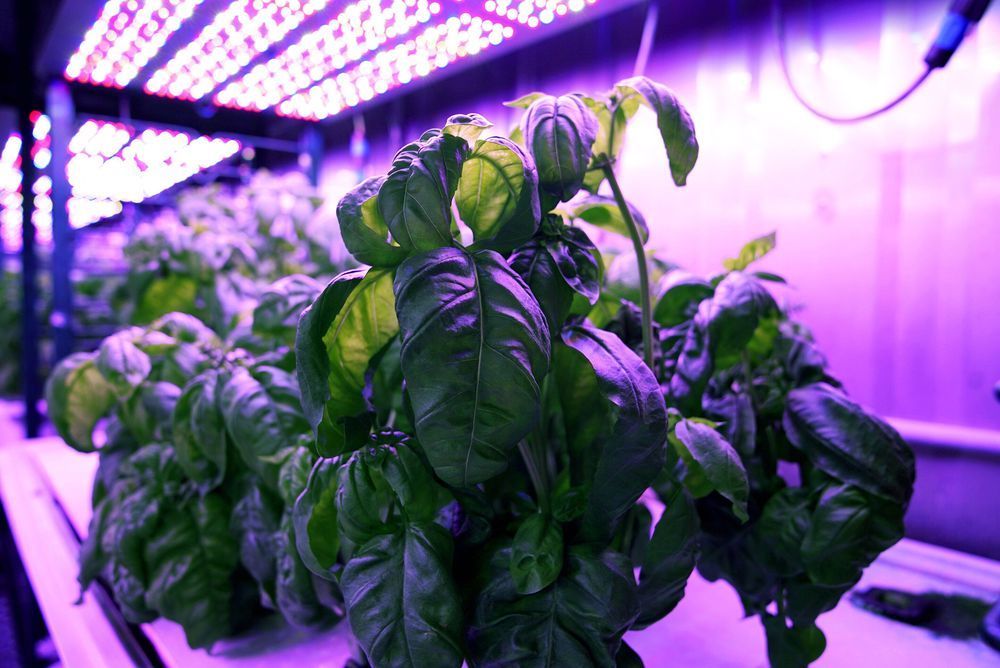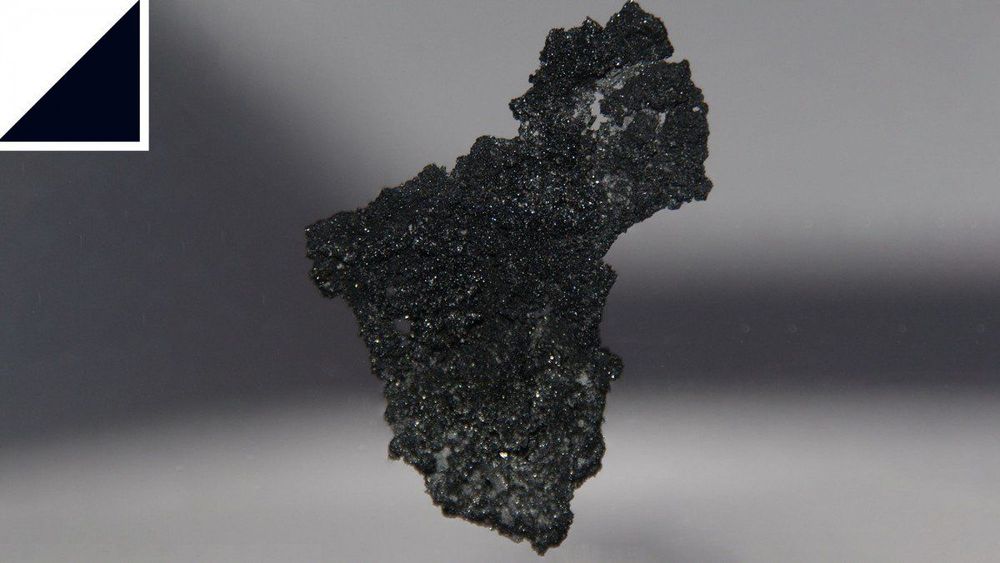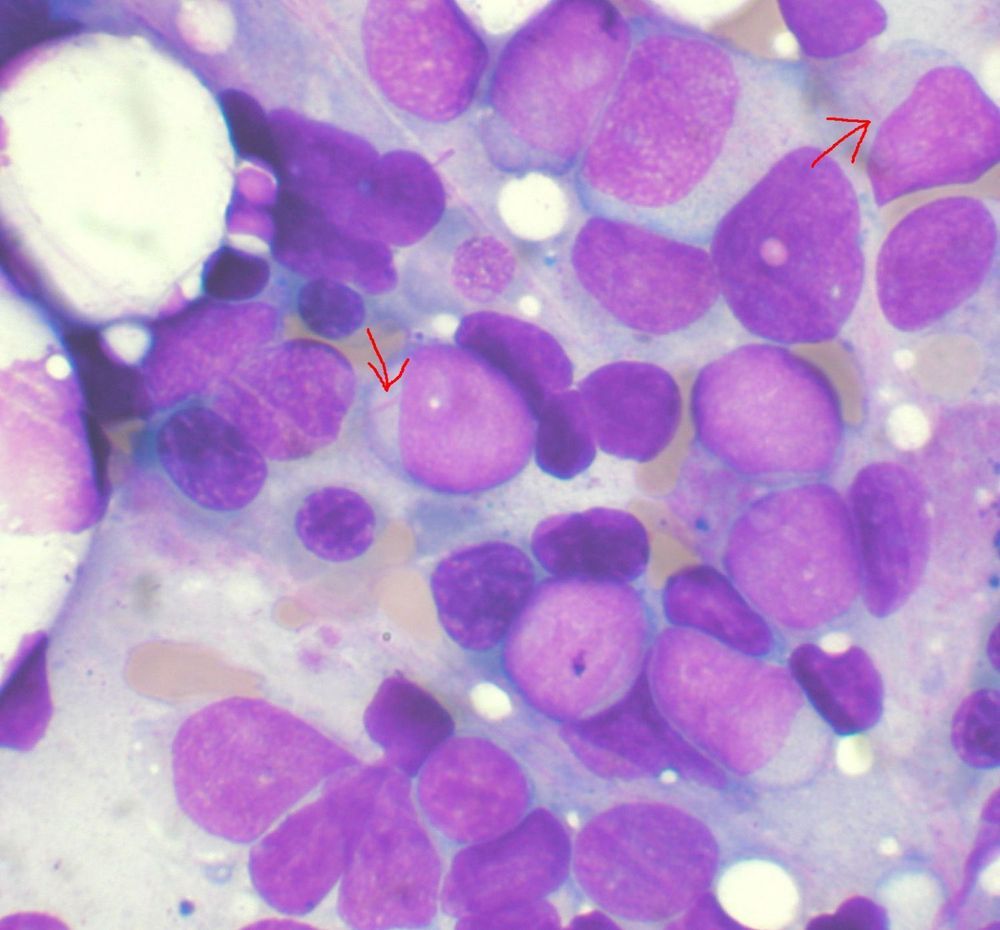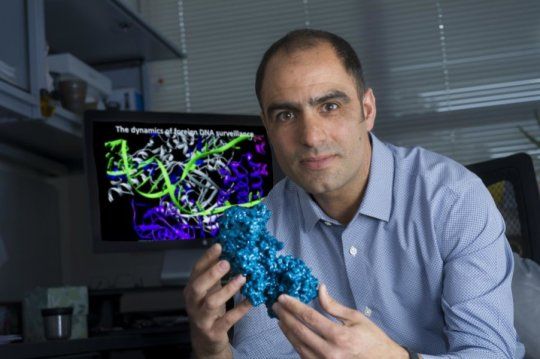Archive for the ‘chemistry’ category: Page 324
Apr 5, 2019
Agriculture: Machine learning can reveal optimal growing conditions to maximize taste, other features
Posted by Genevieve Klien in categories: biotech/medical, chemistry, food, genetics, information science, robotics/AI
What goes into making plants taste good? For scientists in MIT’s Media Lab, it takes a combination of botany, machine-learning algorithms, and some good old-fashioned chemistry.
Using all of the above, researchers in the Media Lab’s Open Agriculture Initiative report that they have created basil plants that are likely more delicious than any you have ever tasted. No genetic modification is involved: The researchers used computer algorithms to determine the optimal growing conditions to maximize the concentration of flavorful molecules known as volatile compounds.
But that is just the beginning for the new field of “cyber agriculture,” says Caleb Harper, a principal research scientist in MIT’s Media Lab and director of the OpenAg group. His group is now working on enhancing the human disease-fighting properties of herbs, and they also hope to help growers adapt to changing climates by studying how crops grow under different conditions.
Apr 5, 2019
Sorry, graphene—borophene is the new wonder material that’s got everyone excited
Posted by Klaus Baldauf in categories: chemistry, particle physics
Stronger and more flexible than graphene, a single-atom layer of boron could revolutionize sensors, batteries, and catalytic chemistry.
Mar 25, 2019
16 Elements: Berkeley Lab’s Contributions to the Periodic Table
Posted by Victoria Generao in category: chemistry
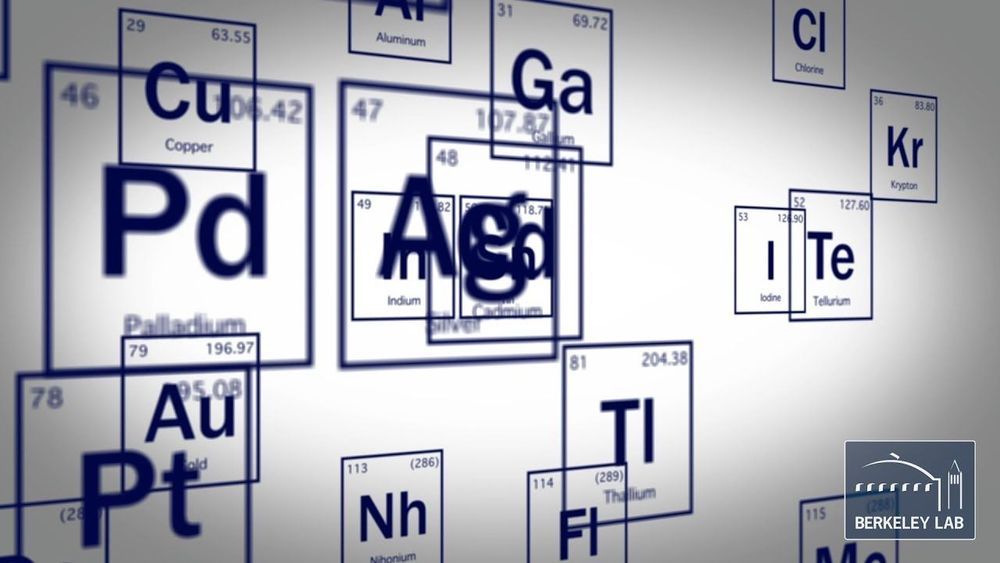
A century ago, the periodic table looked much different than it does today! It had blank spots throughout, and the entire bottom row – the actinides – were not even part of the table as most of those elements did not exist in nature and had not been created in the lab. But researchers theorized their existence. And starting in the 1930s scientists at Lawrence Berkeley National Laboratory – or, the Rad Lab, as it was called then – began building the big machines and assembling the teams of scientists and engineers to chase those elements down.
Over the next several decades Berkeley Lab researchers were credited with discovering, Lab researchers were credited with discovering, or creating collaboratively with other labs, #16elements. Read more here.
Continue reading “16 Elements: Berkeley Lab’s Contributions to the Periodic Table” »
Mar 21, 2019
Research paves way for new source for leukemia drug
Posted by Quinn Sena in categories: biotech/medical, chemistry
Chemistry researchers at Oregon State University have patented a method for making anti-leukemia compounds that until now have only been available via an Asian tree that produces them.
The synthesis of cephalotaxine and homoharringtonine (HHT) paves the way toward less-expensive, more readily available leukemia drugs whose production is not subject to the risks and inefficiencies associated with harvesting natural sources.
Also, the synthesis of cephalotaxine opens the door to preparing other, structurally related compounds for evaluation as potential new cancer drugs.
Mar 20, 2019
Carbon monoxide detectors could warn of extraterrestrial life
Posted by Quinn Sena in categories: alien life, chemistry, computing
Carbon monoxide detectors in our homes warn of a dangerous buildup of that colorless, odorless gas we normally associate with death. Astronomers, too, have generally assumed that a build-up of carbon monoxide in a planet’s atmosphere would be a sure sign of lifelessness. Now, a UC Riverside-led research team is arguing the opposite: celestial carbon monoxide detectors may actually alert us to a distant world teeming with simple life forms.
“With the launch of the James Webb Space Telescope two years from now, astronomers will be able to analyze the atmospheres of some rocky exoplanets,” said Edward Schwieterman, the study’s lead author and a NASA Postdoctoral Program fellow in UCR’s Department of Earth Sciences. “It would be a shame to overlook an inhabited world because we did not consider all the possibilities.”
In a study published today in The Astrophysical Journal, Schwieterman’s team used computer models of chemistry in the biosphere and atmosphere to identify two intriguing scenarios in which carbon monoxide readily accumulates in the atmospheres of living planets.
Continue reading “Carbon monoxide detectors could warn of extraterrestrial life” »
Mar 16, 2019
Pain Control in a Post-Opioid World — Prof. Peter McNaughton FMedSci — IdeaXme — Ira Pastor
Posted by Ira S. Pastor in categories: aging, biotech/medical, business, chemistry, futurism, genetics, health, innovation, life extension, neuroscience

Mar 16, 2019
This Harvard scientist wants your DNA to wipe out inherited diseases — should you hand it over?
Posted by Genevieve Klien in categories: biotech/medical, chemistry, genetics
Imagine a future where an online dating app doesn’t just match you to potential partners who meet your preferences for age, height and fondness for pinot noir, but to those with whom you’re genetically compatible. Not so much people you’re likely to have physical chemistry with – apps that make dubious claims to do that on the basis of a cheek swab already exist – but those with whom you won’t pass on a devastating genetic disease to your children.
It’s not sexy stuff; certainly not first-date conversation. Most people only discover that they’re among the four per cent who carry the same recessive genetic mutation for a rare condition, such as cystic fibrosis or Tay-Sachs, as their partner when their baby is born with it – or dies from it.
True, couples could find out their genes don’t mix after they’ve decided to have a baby and before they start trying – but how heartbreaking would that be, once they’re already in love? Far simpler never to meet in the first place, and simply to pick from the other 96 per cent with whom they can mate with abandon.
Mar 12, 2019
New understanding of sophistication of microbial warfare
Posted by Xavier Rosseel in categories: biotech/medical, chemistry, military
Scientists have known for a century that viruses attack and sometimes kill bacteria, much the way humans come down with the flu. But only recently have they begun to understand the biochemistry that happens as bacteria and virus strive for competitive advantage, with far-reaching implications for medicine and more.
Researchers explain how viruses make a molecular decoy that is used to subvert the CRISPR-Cas bacterial immune system.
Mar 8, 2019
Women Who Changed Science: A New Lens On Inspiring Female Nobel Prize Winners
Posted by Genevieve Klien in categories: biotech/medical, chemistry, robotics/AI, science
As a passionate supporter of the advancement of women and recognition for their immense contributions to our world, I was thrilled to learn of a fascinating new initiative that launched today, in honor of International Women’s Day and Women’s History Month. This unique AI-powered web experience called https://www.nobelprize.org/womenwhochangedscience/” target=”_blank” rel=” nofollow noopener noreferrer” data-ga-track=” ExternalLink: https://www.nobelprize.org/womenwhochangedscience/”>Women Who Changed Science highlights the achievements of female Nobel Prize winners who broke new ground in physics, chemistry and medicine. Raising awareness of their tremendous impact, the initiative aims to empower the next generation of scientists.
Women Who Changed Science is an outgrowth of a new collaboration with Nobel Media and Microsoft and is one of Microsoft’s ongoing initiatives to build female inclusion and diversity in STEM fields. This new endeavor trains a lens on the inspiring journeys and contributions of female Nobel Prize winners who’ve significantly impacted our world for the better.

